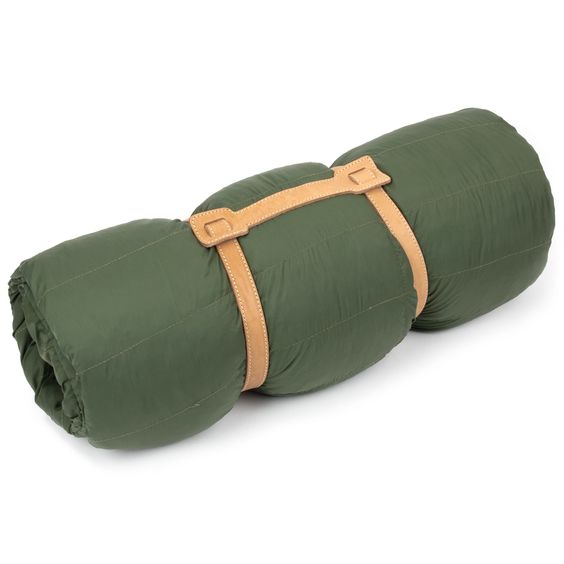In the realm of outdoor adventures, a quality sleeping bag is your cocoon of comfort, providing warmth and security as you rest under the stars. Whether you’re camping in the wilderness, backpacking through scenic landscapes, or embarking on a cross-country road trip, choosing the right sleeping bag is essential for a rejuvenating night’s sleep. Let’s explore the world of sleeping bags and uncover the key factors to consider when selecting the perfect one for your needs.
The Art of Sleeping Bags
1. Insulation Type:
- Down vs. Synthetic: Down-filled sleeping bags offer excellent warmth-to-weight ratios and compressibility but can lose insulation when wet. Synthetic-filled bags retain insulation in damp conditions and are generally more budget-friendly.
2. Temperature Ratings:
- Season Ratings: Sleeping bags come with season-specific temperature ratings. Choose a bag that suits the climate of your adventures, whether it’s a warm summer night or a chilly winter evening.
3. Bag Shapes:
- Mummy, Rectangular, or Semi-Rectangular: Mummy bags are snug and trap heat efficiently, making them ideal for cold weather. Rectangular bags provide more room for movement, while semi-rectangular bags strike a balance between the two.
4. Weight and Packability:
- Ultralight Options: Backpackers often opt for lightweight and compressible sleeping bags to minimize pack weight. Consider your travel style and the importance of portability.
5. Insulation Distribution:
- Quilting or Baffles: Insulation can be distributed in quilting patterns or baffles. Quilting allows for better weight distribution, while baffles prevent cold spots by keeping insulation in place.
Key Considerations When Choosing a Sleeping Bag:
1. Sleeping Style:
- Side, Back, or Stomach Sleeper: Consider your sleeping habits. Some sleeping bags are designed with extra room around the shoulders or hips for better comfort.
2. Size and Fit:
- Regular, Long, or Short: Choose a sleeping bag size that matches your height for optimal thermal efficiency. Some bags come in different lengths to accommodate various body types.
3. Zippers and Ventilation:
- Two-Way Zippers: Provide ventilation options for warmer nights. Choose bags with draft tubes to prevent cold air from entering through the zipper.
4. Hood Design:
- Integrated Hood: Essential for retaining head warmth. Some hoods have drawstrings for a snug fit.
5. Durability:
- Shell Material: Look for durable materials that resist wear and tear. Water-resistant shells provide added protection.
6. Maintenance:
- Cleaning and Storage: Follow manufacturer guidelines for cleaning your sleeping bag. Store it loosely in a dry and cool place when not in use.
Sleeping Bag Care Tips:
- Airing Out:
- After each trip, air out your sleeping bag to prevent odors and mildew.
- Use a Liner:
- Consider using a sleeping bag liner for added cleanliness and to extend the life of your sleeping bag.
- Storage:
- Store your sleeping bag in a large, breathable sack or hang it to maintain loft and prevent compression.
- Spot Cleaning:
- Spot clean your sleeping bag when needed, and avoid excessive washing to preserve its insulation properties.

